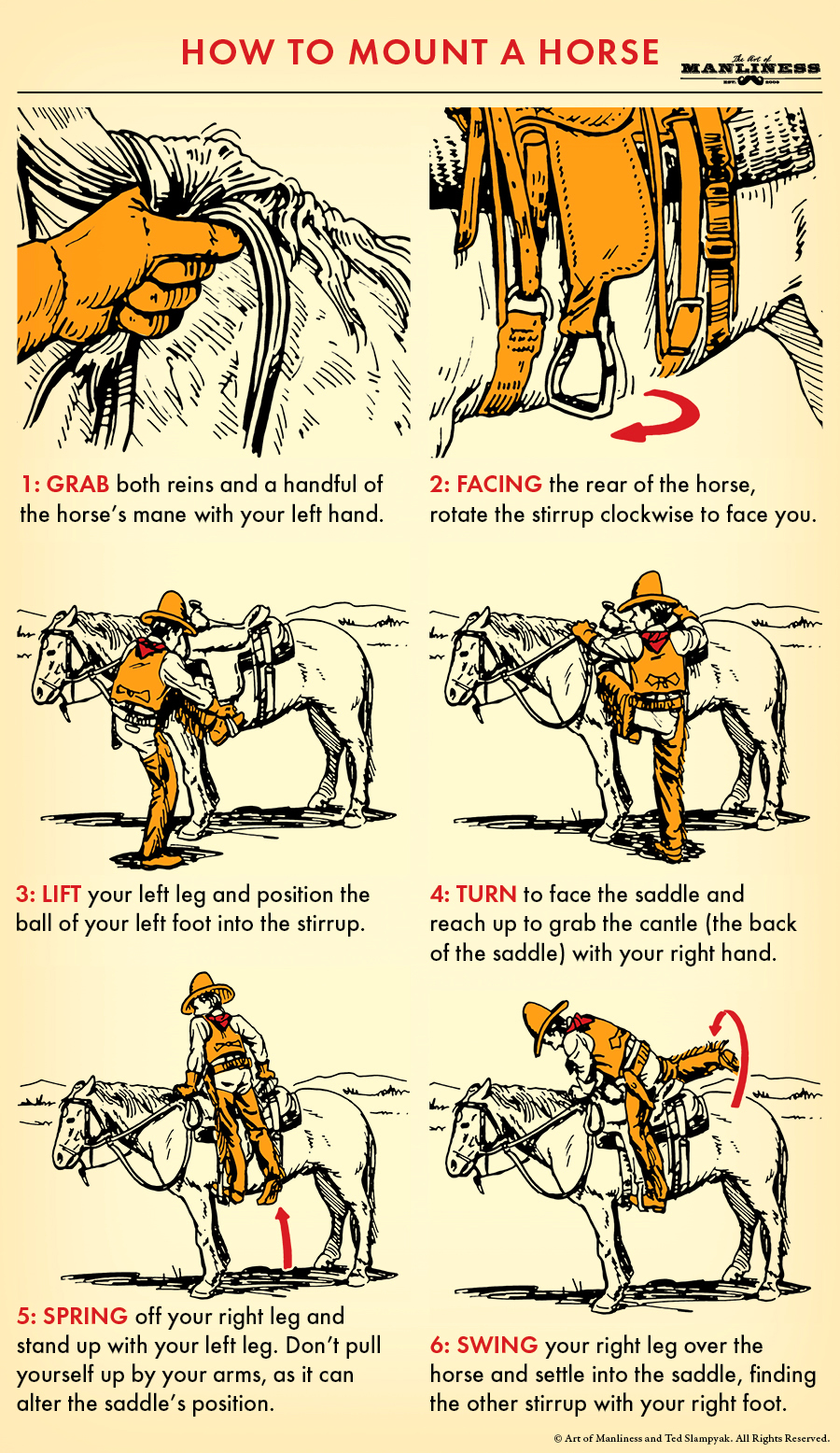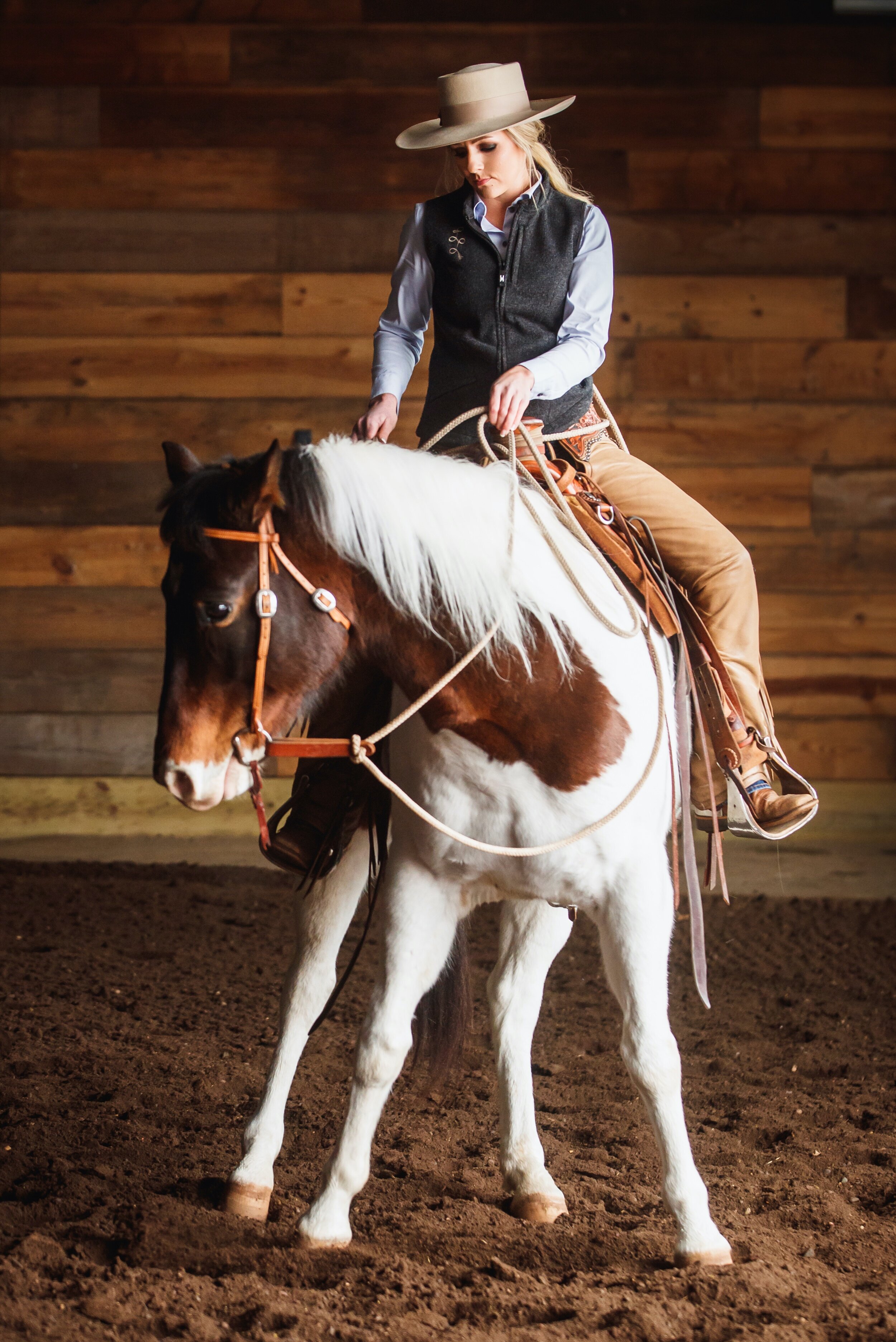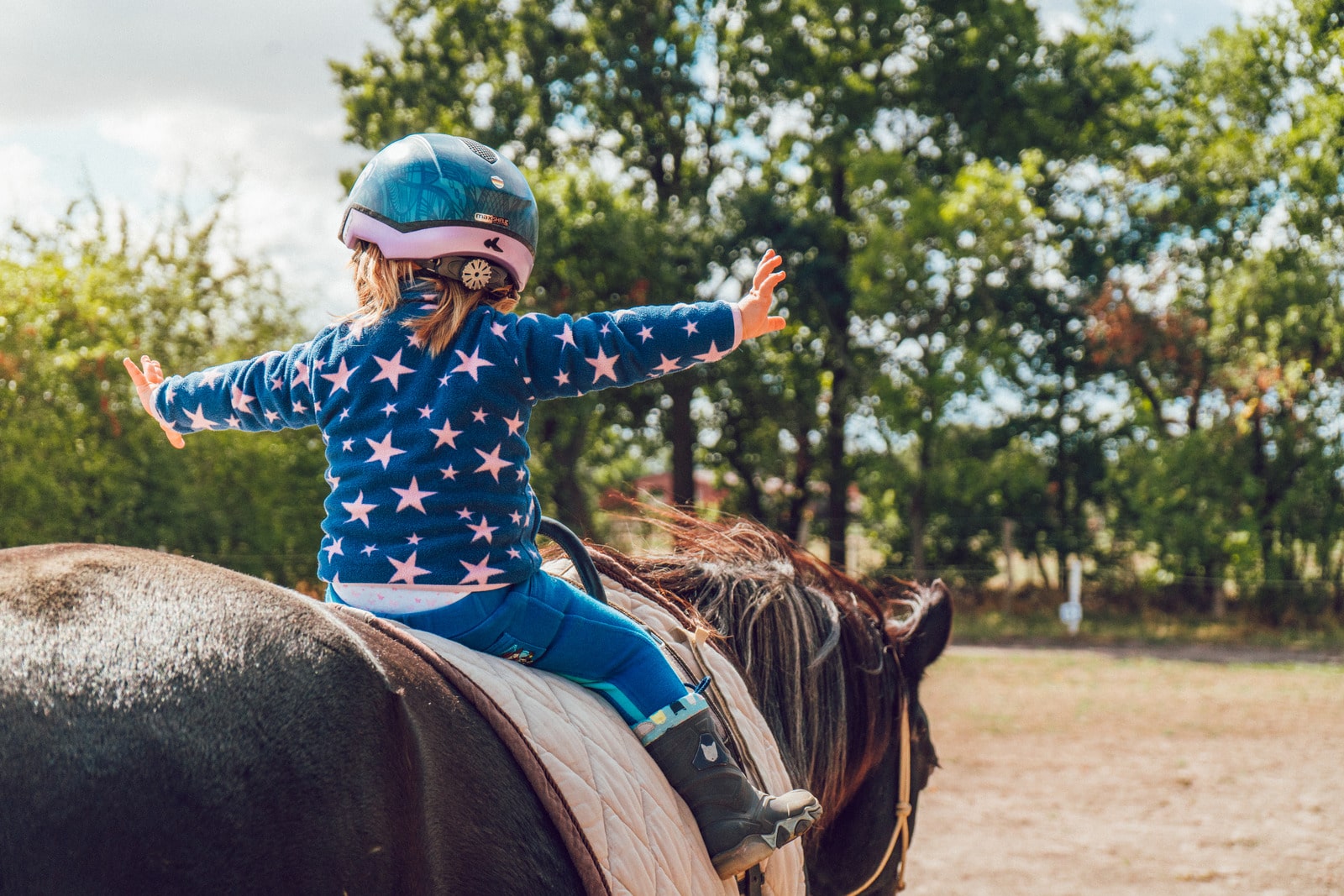Starting a horse under saddle is a crucial milestone in their training and development. It is a decision that requires careful consideration and planning to ensure the horse’s physical and mental well-being. There are various opinions on the appropriate age to start a horse under saddle, and it is a topic that often sparks heated debates among equestrians. In this article, we will explore the factors to consider when determining the suitable age to start a horse under saddle, and how to approach this process with the horse’s best interests at heart.
Understanding the Horse’s Physical Development

One of the primary considerations when deciding when to start a horse under saddle is their physical development. Horses, like humans, go through various stages of growth and maturation. Their skeletal structure, muscular development, and overall physical strength undergo significant changes as they age. It is essential to understand the impact that carrying a rider and performing under saddle work can have on a young horse’s developing body.
Skeletal Maturity
The skeletal structure of a horse is a critical factor in determining their readiness for under saddle work. Horses’ bones continue to develop and strengthen as they age, particularly the growth plates in their legs. Starting a horse under saddle before their skeletal structure is fully developed can lead to long-term issues such as joint problems and skeletal abnormalities. It is generally recommended to wait until a horse’s growth plates have closed before introducing them to the physical demands of carrying a rider.
Muscular Development
In addition to skeletal maturity, the horse’s muscular development is essential to consider when starting them under saddle. Muscles provide crucial support to the skeletal system and help distribute the weight of the rider effectively. Young horses need time to develop the strength and coordination required to carry a rider comfortably. Rushing the process can lead to muscle strain and potential injuries, compromising the horse’s long-term soundness.
Impact of Early Training
Early training and work under saddle can have a lasting impact on a horse’s physical health. It is important to recognize that the demands of training and riding can place stress on a young horse’s developing body. The way a horse is started and managed in their early years can significantly influence their long-term soundness and performance potential. Understanding the potential risks and implications of starting a horse too early is crucial in making informed decisions about their training timeline.
Evaluating Mental Readiness and Maturity

While physical development is a crucial factor, the mental readiness and maturity of the horse are equally important when considering the appropriate age to start them under saddle. Training a young horse requires a level of maturity, focus, and willingness to learn and cooperate. Understanding the horse’s mental readiness can help ensure a positive and productive start to their under saddle training.
Temperament and Trainability
Each horse has a unique temperament and trainability, which can influence their readiness for under saddle work. Some horses may exhibit a calm, willing attitude from a young age, while others may require more time and patience to develop the focus and confidence needed for riding. It is essential to assess the individual horse’s temperament and trainability when determining the suitable age to start them under saddle.
Building Trust and Confidence
Building a strong foundation of trust and confidence between the horse and handler is crucial before introducing them to the demands of under saddle work. Young horses benefit from positive, consistent handling and groundwork exercises that help them develop trust in their handlers and build confidence in new experiences. Taking the time to establish a solid relationship and communication with the horse can contribute to a smoother transition to under saddle training when the time is right.
Understanding Learning Capacity
Young horses have a limited attention span and may require frequent breaks and varied activities to keep their engagement during training. Understanding the horse’s learning capacity and adapting the training approach to suit their individual needs can contribute to a more effective and enjoyable learning experience for the horse. It is essential to consider the horse’s mental development and ability to process new information when deciding on the appropriate age to start their under saddle training.
Training Methods and Progressive Development

The way in which a horse is started under saddle and the progression of their training can significantly impact their long-term physical and mental well-being. Implementing appropriate training methods and allowing for progressive development can help mitigate the potential risks associated with starting a horse too early. It is essential to approach the under saddle training process with patience, consideration, and a focus on the horse’s individual needs.
Groundwork and Basic Handling
Before introducing a young horse to the saddle, it is crucial to establish a solid foundation of groundwork and basic handling. Groundwork exercises such as leading, desensitization, and ground manners help the horse develop confidence, respect for the handler, and a willingness to learn. These foundational skills create a solid framework for the horse’s future training under saddle and contribute to a positive start to their riding career.
Introduction to Tack and Equipment
Gradually introducing the horse to tack and equipment in a positive and non-threatening manner is an essential step in their preparation for under saddle work. Familiarizing the horse with the saddle, bridle, and other riding equipment through desensitization exercises and positive reinforcement can help alleviate any anxiety or resistance during the transition to carrying a rider. Taking the time to ensure the horse is comfortable and relaxed with the gear they will be wearing under saddle is crucial for a successful start to their riding training.
Progressive Conditioning and Exposure
Once the horse is physically and mentally prepared, the under saddle training should be approached progressively, taking into account the horse’s individual development and learning pace. Gradual conditioning and exposure to new experiences, environments, and riding tasks allow the horse to build confidence and physical strength at a sustainable pace. Rushing the training process can lead to resistance, anxiety, and potential setbacks in the horse’s development.
Importance of Professional Guidance
Seeking professional guidance from experienced trainers and equine professionals is invaluable when starting a horse under saddle. Working with professionals who prioritize the horse’s well-being and use ethical, progressive training methods can provide valuable insight and support throughout the training process. Collaborating with knowledgeable individuals who prioritize the horse’s welfare can contribute to a positive and successful start to the horse’s riding career.
Considering Individual Differences and Variability

It is crucial to recognize that each horse is an individual with unique characteristics, development timeline, and needs. While general guidelines and considerations are important, it is equally essential to assess each horse on a case-by-case basis when determining the appropriate age to start them under saddle. Factors such as breed, size, conformation, and previous handling experiences can all influence the decision-making process.
Impact of Breed and Conformation
Different horse breeds and individual conformation traits can affect their physical development and suitability for under saddle work at different ages. Some breeds may mature earlier and have sturdier skeletal structures, while others may require additional time to reach the necessary physical maturity. Assessing the impact of the horse’s breed and conformation on their readiness for under saddle work is an important aspect of the decision-making process.
Prior Handling and Experiences
Horses that have received positive, consistent handling and exposure to various environments and experiences from a young age may demonstrate greater readiness for under saddle work compared to those with limited prior experiences. Early positive interactions and experiences can contribute to the horse’s confidence, trust in humans, and adaptability to new challenges. Understanding the impact of the horse’s prior handling and experiences is essential when evaluating their suitability for under saddle training.
Veterinary Consultation and Assessment
Consulting with a veterinarian to assess the horse’s physical health and development can provide valuable insights into their readiness for under saddle work. A thorough veterinary examination, including assessments of skeletal maturity, soundness, and overall health, can help inform the decision-making process and ensure that the horse is physically prepared for the demands of riding. Veterinary input is a crucial component of making informed decisions about starting a horse under saddle.
Curious about horse care and training? If you’re wondering about the appropriate age to start riding a horse, take a look at our articles on how old a horse should be to ride and how a cinch should fit a horse. Additionally, if you’re interested in breeding horses, our piece on the age a horse can be to breed provides valuable insights.
Conclusion
Determining the appropriate age to start a horse under saddle requires a comprehensive understanding of the horse’s physical and mental development, as well as the use of ethical and progressive training methods. By considering the horse’s individual needs, temperament, and physical readiness, and seeking professional guidance when needed, equestrians can make informed decisions that prioritize the horse’s well-being and long-term soundness. The decision to start a horse under saddle should be approached with patience, care, and a commitment to setting the horse up for a positive and successful riding career.



